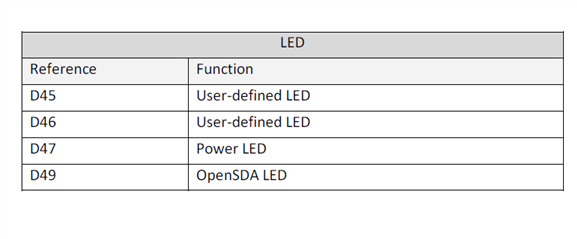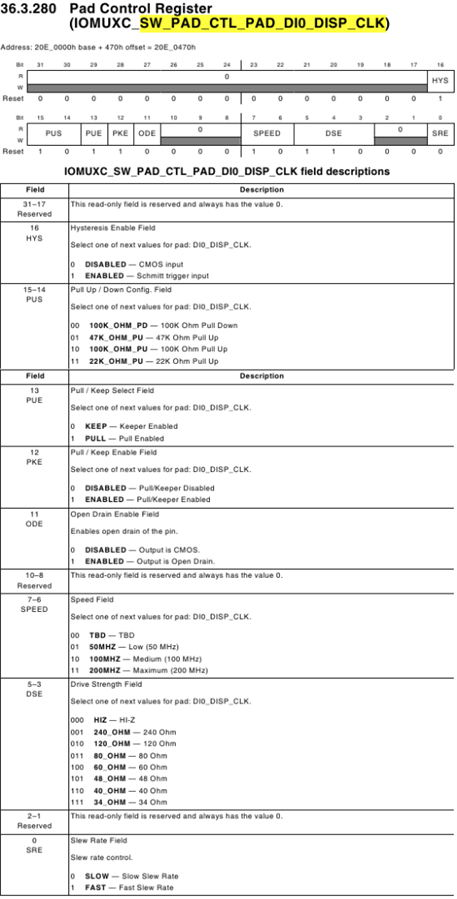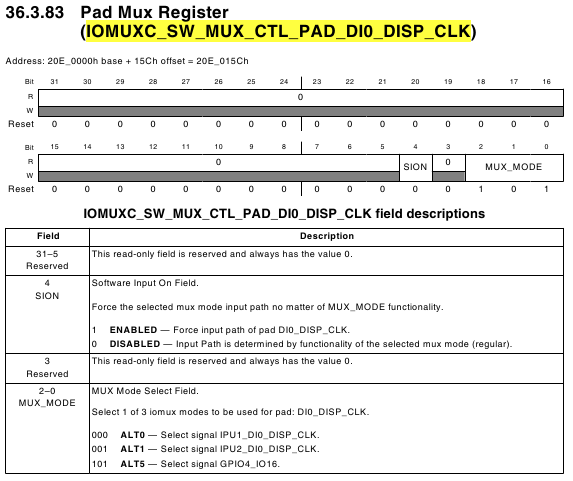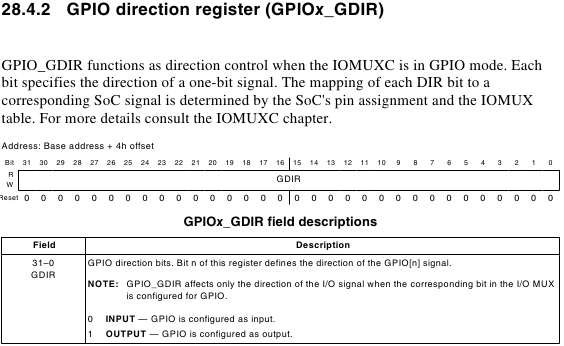Hello,
have anyone tried here to get the gpio ports working?
I'm using the linux image and have tried it with:
echo "0" > /sys/class/gpio/export
etc.
But I don't get the correct mapping.
Which are the correct gpio numbers for the port on the board?
Or did I miss something?
Any ideas?
Thanks in advantage.
Best regards,
David







